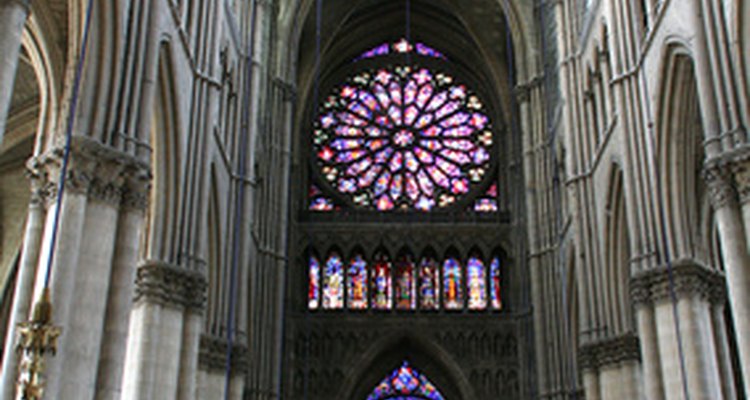
The word "cantata" comes from the words "cantare" or "cantate," which mean "to sing." A cantata is a choral composition that is based on a sacred text, often from Scripture readings appropriate to a specific church season, such as Christmas. A cantata usually includes choruses, recitations and solos and/or duets. The Christmas season has inspired many types of cantatas over the centuries.
Classical Christmas Cantatas
J.S. Bach composed some of the earliest-known Christmas cantatas for his church choir. There are many Bach Christmas cantatas to choose from. One of the most approachable, although still difficult, is Bach's Cantata 63, “Christen ätzet diesen Tag” (Christians, enshrine this Day). First performed in Leipzig, Germany, on Dec. 25, 1723, this cantata was written for soprano, alto, tenor and bass (SATB) choir and soloists, with an organ and baroque orchestra, but can be performed with just an organ.
Bach's D Major “Magnificat”--the Virgin Mary's great praise song to God--is often sung as a Christmas cantata. Written for soprano one and two, alto, tenor and bass (SSATB), it also has solos for soprano, alto, tenor and bass, a trio for two sopranos and an alto and a duet for an alto and a tenor. The “Magnificat” was also first performed in Leipzig on Christmas Day in 1723.
The Messiah Christmas Cantata
The Christmas portion of Georg Friedrich Handel's great "Messiah" oratorio is considered a cantata and is performable by an SATB choir and soloists. Although originally scored for an orchestra, it can also be performed using an organ or a piano. In addition, edited versions of Handel's Christmas Messiah are available and are simpler and shorter.
Carol-Based Christmas Cantatas
Many beautiful 20th century Christmas cantatas are based on Christmas carols. The French composer Arthur Honegger wrote "Cantate de Noel" in 1953 for SATB and children's choir with themes based on French Christmas carols.
The German composer Hugo Distler composed “Weihnachtsgeschichte,” or “Christmas Story,” in 1933 for an unaccompanied SATB chorus and soloists. It is a beautiful but demanding cantata using variations based on the Michael Praetorius Christmas hymn “Lo, How a Rose E'er Blooming.”
Ralph Vaughan Williams' cantata “Fantasia on Christmas” is based on old English Christmas carols, and is scored for an SATB choir and baritone solo with piano, organ, or organ and string ensemble. "A Ceremony of Carols" by Benjamin Britten is based on medieval carol texts, and can be performed in full or in sections; there are versions for a boys choir and an adult choir.
Contemporary American Christmas Cantatas
The American composer Daniel Pinkham wrote "Sinfonia Sacra," a Christmas Cantata for SATB, as well as a five-part Epiphany cantata titled “The Guiding Star,” for SATB and organ, with an optional brass quartet. The “Cantata for the Nativity” by Roger C. Hannahs is written for SATB voices with a treble or boys choir and organ accompaniment.
“Carols and Lullabies,” also titled “Christmas in the Southwest,” is an SATB choral piece written by American composer Conrad Susa in 1992 with music is based on traditional Spanish and Catalan carols. The Navidad Nuestra cantata by Ariel Ramirez is an SATB folk drama of the Nativity based on Hispanic music and traditions.
Related Articles

How to Say Happy Valentine's Day in ...

How to Make a Swan Lake Headpiece
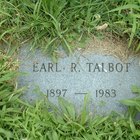
How to Design a Headstone

What Does a Purple Iris Symbolize?
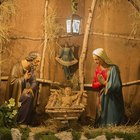
How to Celebrate St. Joseph's Day

French Braids History

Who Wears Red Fez Hats?

Toga Party Song List

What Is a Slave Bracelet?

What Relation Is My Grandchild to My ...
Things to Do in San Jose with Kids

How to Cook a Cornish Game Hen in a ...
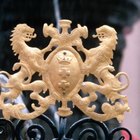
What Is the Difference between a Coat ...

Quinceanera Rituals

Prayer Shawls at Jewish Weddings
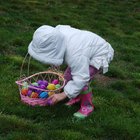
Where Did the Custom of Easter Baskets ...

What Liquor Do You Mix With Eggnog?
Free Things to Do in Charlotte, NC

Fruits or Vegetables Starting With X

The History of Satin Fabric
References
Writer Bio
Kim Norton wrote for 25 years for an in-house securities research publication. She currently writes articles for Demand Studios that involve medical research, law and senior citizen concerns. She also writes radio advertising copy and opera librettos. A graduate of Westminster Choir College, Norton resides in Bayonne, N.J.
Photo Credits
choeur de cathédrale image by Philippe BERNARD from Fotolia.com